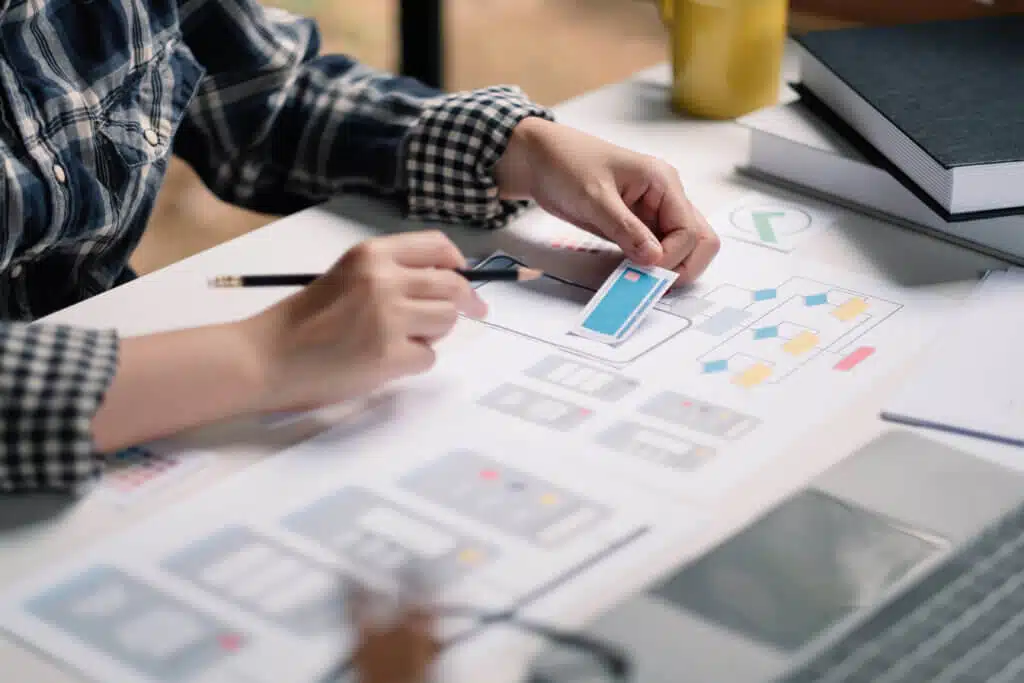Product prototyping is an essential step in the development of any consumer product. It allows companies to test the design, functionality, and potential marketability of a product before committing to mass production. Through product prototyping, companies can identify and address potential issues, improve the product, and ultimately create a better final product for consumers.
What is Product Prototyping?
Product prototyping is the process of creating a preliminary model or sample of a product. This can be done through various methods, such as 3D printing, CNC machining, or hand-making. The goal of product prototyping is to create a physical representation of the product that can be tested and refined before mass production.
Why is Product Prototyping Important?
Product prototyping is essential for several reasons. First and foremost, it allows product designers and engineers to test and refine a product’s design before committing to full-scale production. This can save a significant amount of time and money by identifying potential problems early on and making necessary improvements.
Additionally, product prototyping can help to gather valuable feedback from potential customers. By showing a prototype to a group of target customers, designers and engineers can gain valuable insights into what features and functionality are most important to them and make necessary changes to the design before going into production.


6 steps to Product Prototyping
The steps for prototyping a consumer product are similar to those for any other type of product, with some minor differences. Here are the steps you can follow to create a prototype for a consumer product:
1. Define your product concept
Identify the problem you are trying to solve and define your product concept. Consider factors such as the product’s target audience, how it will be used, and its key features and benefits.
2. Conduct market research and use benchmarking
Research your target market and competitors to gather information about consumer preferences and needs. This will help you understand what makes your product unique and how it can meet the needs of your target audience.
3. Develop a detailed design
Create a detailed design for your product, including sketches, diagrams, and specifications. This will serve as a blueprint for your prototype and help you visualize the final product.
4. Choose a prototyping method
Select a prototyping method that is appropriate for your product. This could be anything from 3D printing to building a physical model by hand. Consider factors such as the complexity of the product, the materials you will use, and the available resources and expertise.
5. Create the prototype
Use your chosen method to create a prototype of your product. This will be the physical evidence of your design that you can use to test and refine the product’s functionality and appearance.
6. Test and refine the prototype
Test the prototype to see how well it performs and gather feedback from potential customers. Use this feedback to make any necessary changes to the design and create a final prototype.


Keep in mind that the prototype is not the final product. It is simply a tool to help you test and refine your ideas. Be open to making changes and improvements as needed.
Software for Product Prototyping
Many different types of software can be used for product prototyping, and the best one for you will depend on the specific needs of your project. Some popular options include:
- Sketch: This is a popular design and prototyping tool commonly used to create user interfaces for websites and mobile apps. It has a simple, intuitive interface and a wide range of pre-built design elements, making it easy to create professional-looking prototypes.
- InVision: This is another popular tool for creating interactive prototypes of websites and mobile apps. Its features make it easy to collaborate with others, share your work, and get feedback on your designs.
- Figma: This web-based design and prototyping tool is gaining popularity among designers. It has a clean, intuitive interface and a wide range of features that make it easy to create high-quality prototypes.
- Adobe XD: This robust design and prototyping tool is part of the Adobe Creative Cloud suite of tools. It has a wide range of features and integrations with other Adobe tools, making it an excellent option for designers already familiar with the Adobe ecosystem.
Overall, the best software for product prototyping will depend on your specific needs and preferences. It’s a good idea to try out a few different options to see which one works best for you.


Conclusion
In conclusion, prototyping is an essential step in developing any consumer product. It allows designers and manufacturers to test the functionality and design of a product before investing time and resources into bringing it to market. It also allows for the identification and correction of any potential issues before the product goes into production, ultimately resulting in a higher-quality and more successful product.
Once your prototype is ready, consider using Wonnda to bring your product into production. Wonnda offers various services, including product design, engineering, prototyping, and manufacturing, making it a one-stop shop for all your product development needs. With Wonnda, you can take your product from concept to market quickly and efficiently, ensuring its success in the competitive world of consumer products. Sign up below to get started.
Create your prouct line with Wonnda – the European platform for white-label, private-label, and contract manufacturing
Are you interested in producing your private label products in Europe but don’t know how to find the best manufacturers for your business? Wonnda can help you find a manufacturer that connects your business with the best manufacturer. Launching your brand through a private label or contract manufacturing could be just the step you need to take your business to the next level.
Here at wonnda, we work with top European producers for private labeling and contract manufacturing. The first step in getting your product to market is probably the most crucial – finding the right production partner for your project. The great advantage of wonnda is that you can let us do the heavy lifting. Just tell us quickly about your project or product idea. We will then approach the most suitable producers for your project and connect you with them. Sounds interesting? Then fill out the form!